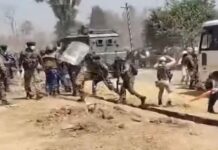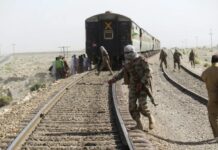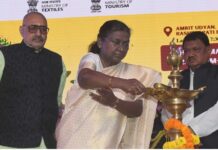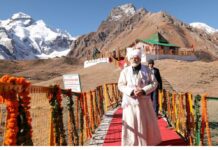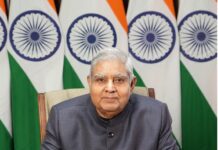Pradhan Mantri Awas Yojana was launched keeping in mind the housing inabilities of the poor. It aims to provide housing facilities to all who are deprived by the end of 2022. It was introduced by the Ministry of Housing & Urban Poverty Alleviation (MHUPA) in 2015. The government has implemented a lot of schemes for the welfare of its people and the society, but the PMAY scheme is the most path-breaking and important one among all of them.
The Pradhan Mantri Awas Yojana scheme was extended to another CLSS (Credit Linked Subsidy Scheme) in which the beneficiaries that included EWS (Economically Weaker Section), LIG (Low Income Group) and MIG (Middle Income Group) are entitled to reduced credit-linked subsidy when they either restructure or buy a new home.
Features of PMAY-CLSS
The salient features of PMAY-CLSS are as follow:
- The EWS category comprises of beneficiaries with an annual income of up to INR 3 lakh. They are entitled to a subsidy of 6.5% and a carpet area of 30 sq-m for a loan of INR 6 lakh.
- The LIG category comprises of beneficiaries with an annual income between INR 3 Lakh and INR 6 Lakh. They are entitled to a subsidy rate of 6.5% and a carpet area of 60 sq-m for a loan of INR 6 lakh
- The MIG-I category comprises of beneficiaries with an annual income between INR 6 Lakh and INR 12 Lakh. They are entitled to a subsidy rate of 4% and a carpet area of 160 sq-m for a loan of INR 9 lakh.
- The MIG-II category comprises of beneficiaries with an annual income between INR 12 Lakh and INR 18 Lakh. They are entitled to a subsidy rate of 3 % and a carpet area of 200 sq-m for a loan of INR 12 lakh
The scheme was implemented in two phases separately for the urban and the rural. This way, it eliminated any dependencies between them and allowed them to be executed in parallel without any hassle.
Features of Pradhan Mantri Awas Yojana for Urban
Here are the salient features of PMAY for the urban areas:
- 4 vertical implementation proposals will address the housing requirements of the slum dwellers in the urban.
- Slums will be redeveloped irrespective of the land on which it exists so that housing facilities can be provided to the slum-dwellers. This action was termed as “In situ” slum Redevelopment.
- Manual scavengers, women, persons belonging to SC, ST, OBC and other backward classes, transgenders, a person with disabilities and minorities are given preference under this scheme.
- Under affordable housing in partnership, financial assistance of INR 1.5 lakh per EWS house that is built under the States/UTS/Cities will be provided to the beneficiaries.
Eligibility for Pradhan Mantri Awas Yojana for Urban:
Here is the eligibility criteria of PMAY for the urban areas:
- Economically Weaker Section (EWS): This category includes families who have annual income up to INR 3 lakh.
- Low Income Group (LWS): This category includes families who have an annual income between INR 3 lakh to INR 6 lakh.
- Middle Income Group 1(MIG-1): This category includes families who have an annual income between INR 6 lakh to INR 12 lakh
- Middle Income Group 2(MIG-2): This category includes families who have an annual income between INR 12 lakh to INR 18 lakh.
Features of Pradhan Mantri Awas Yojana for Rural:
Here are the salient features of PMAY for the rural areas
- PMAY-G will manage the solid and liquid wastes from the households.
- Drinking water will be provided to houses by the NRDWP under PMAY-G scheme
- Beneficiaries will receive the funds electronically.
- PMAY-G scheme will provide the beneficiaries with good quality cooking fuel.
- PMAY-G scheme’s total expenditure is estimated to be INR 60,000 crore
- Advanced technologies like information communication and space technology will be used in order to ensure the correct selection of beneficiaries.
Eligibility for Pradhan Mantri Awas Yojana for Rural:
Here is the eligibility criteria of PMAY for the rural areas:
- The beneficiaries for the scheme are decided by the Gram Sabha based on the data collected by the national level census conducted in 2011. There is no online registration form for the application process for PMAY rural.
- The census was named Socio-Economic and Caste Census of 2011 because its job is to draft the list of all socially backward class of people.
- If the list released by the Gram Sabha has the applicant’s name, then he/she is entitled to the benefits promised under this scheme.
The scheme did a lot to improve the economic and housing conditions of the unprivileged people and was a huge success. However, the team is still on in their process and we hope that soon everybody in India will have their own home.



